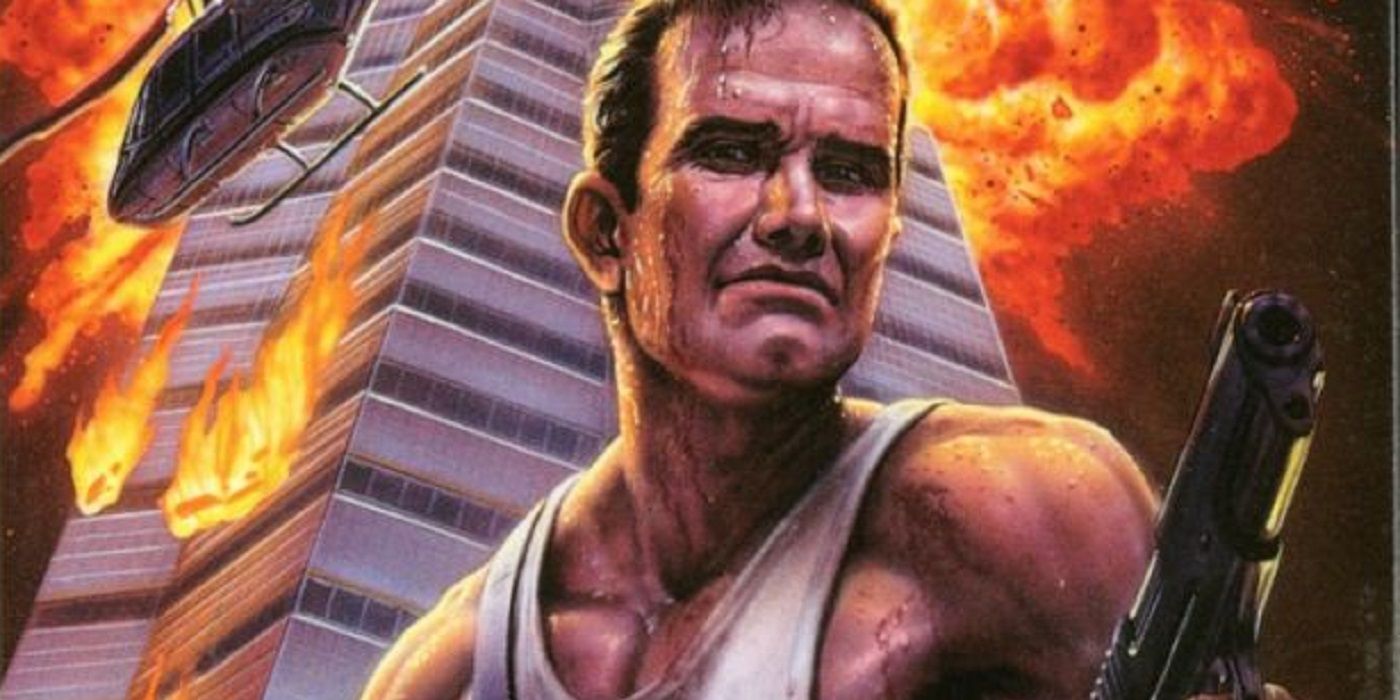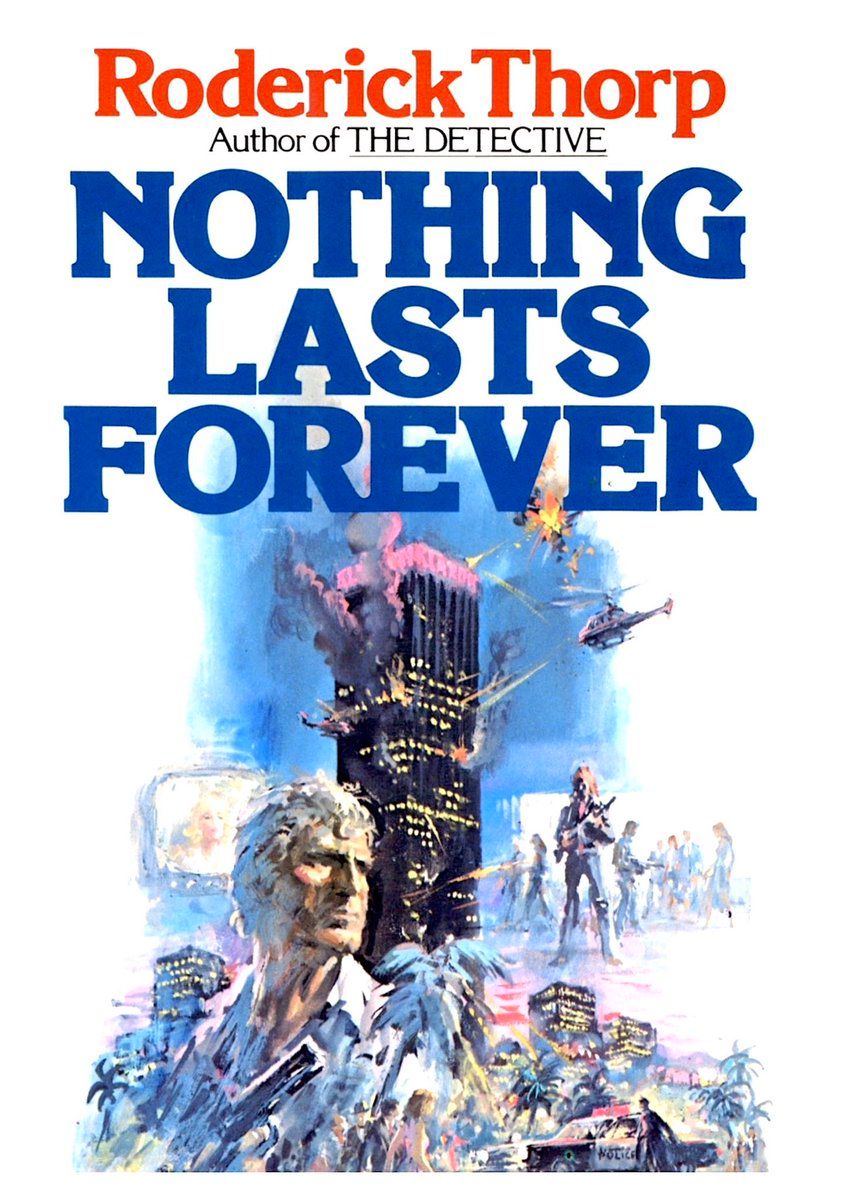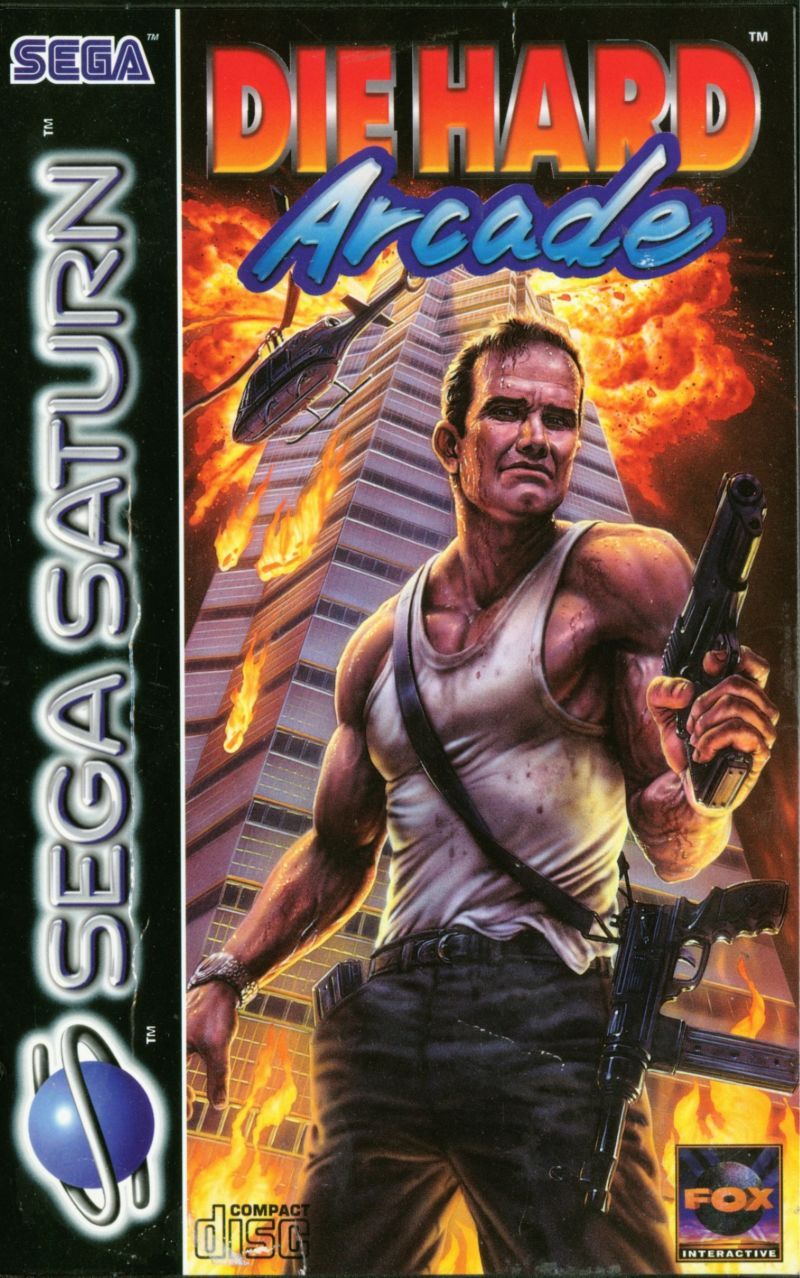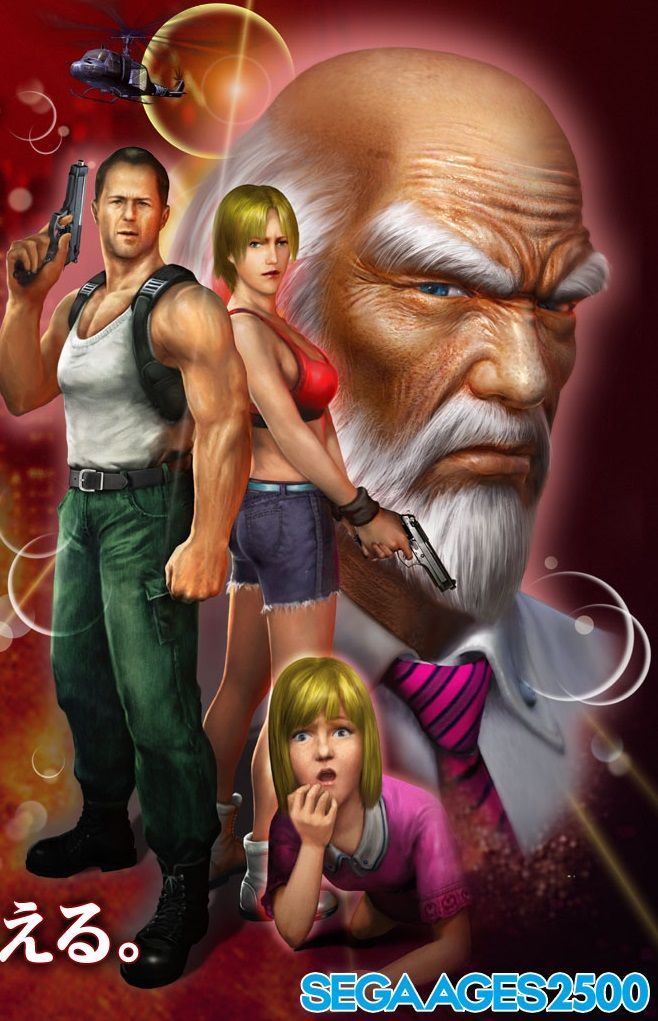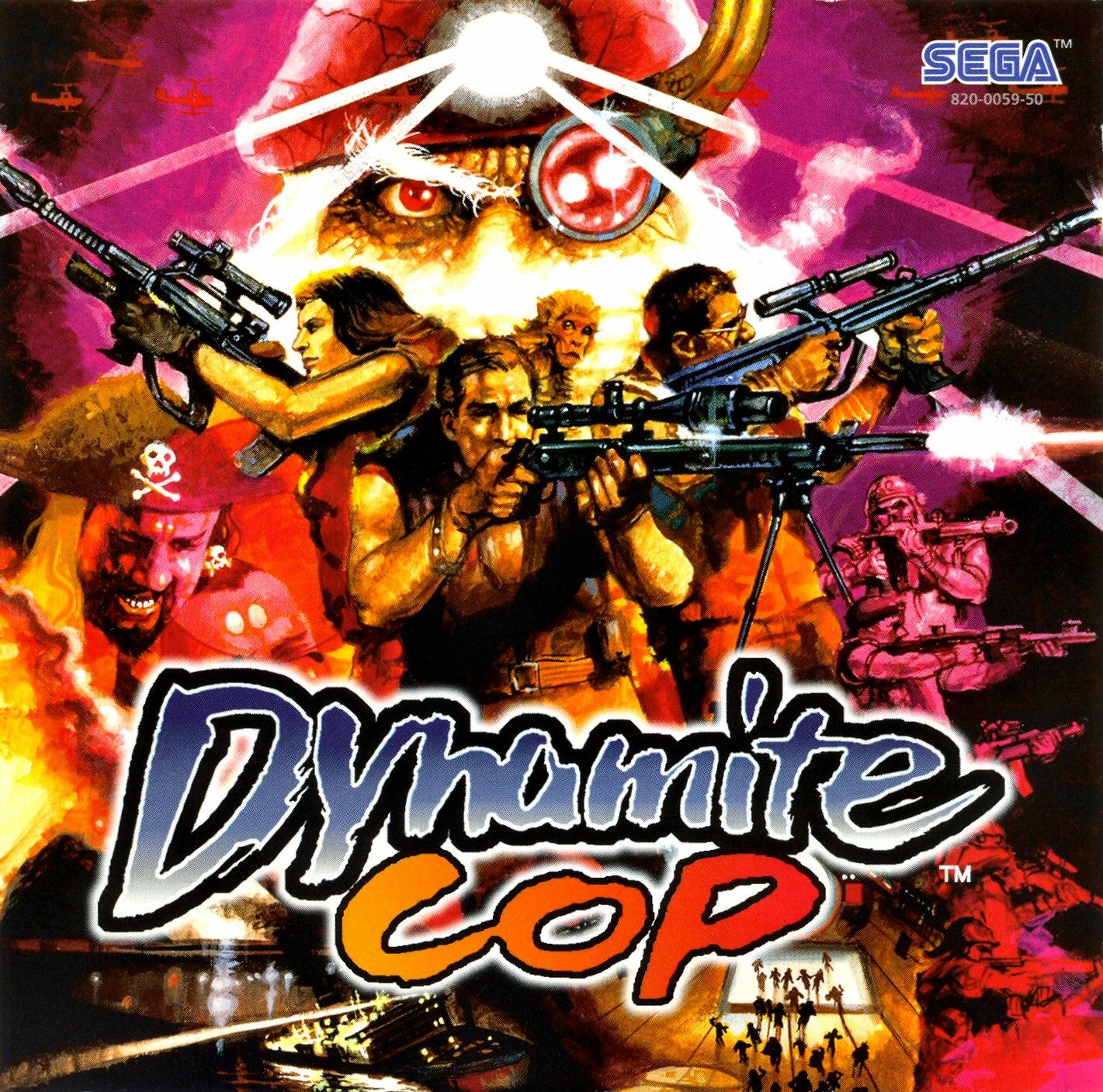MOVIE URBAN LEGEND: Die Hard's Arcade Game was a re-branded Japanese video game called Dynamite Deka.
The Die Hard franchise is a fascinating success story in the art of adapting other stories to fit the needs of a film franchise. As I featured in an old Movie Legends Revealed, the original Die Hard film was based on a book, Nothing Lasts Forever, that was itself a sequel to a book, The Detective, that had previously been made into a movie starring Frank Sinatra in the 1960s (that film would play a major part in the history of film executive Robert Evans, which you can read about in that aforementioned legend). Obviously, once they decided not to film it as an actual sequel to the original movie, it was rebranded as a story featuring a younger cop, John McClane (Sinatra's character in The Detective was named Joe Leland).
Obviously, Die Hard was a huge hit and so they soon did a sequel and here's where things get crazy. The next THREE Die Hard movies were adapted from books or movies that were not originally intended to feature John McClane! It started with Walter Wager’s novel 58 Minutes, which was adapted into the Die Hard sequel, Die Hard 2. Next, Jonathan Hensleigh’s screenplay, tentatively titled Simon Says, became Die Hard With a Vengeance (the story of how it eventually became Die Hard With a Vengeance instead of Lethal Weapon IV is so convoluted that I did that as its own Movie Legends Revealed). Finally, David Marconi’s screenplay, WW3.com, was turned into Live Free or Die Hard. Amazingly enough, it was not until the FIFTH Die Hard film, A Good Day to Die Hard, that there was a Die Hard movie with a story that was written specifically AS a Die Hard movie and not an adaptation of an unrelated book and/or movie.
Therefore, it would not be surprising at all if the same sort of thing happened in the world of video games. My friend Miken told me that the Die Hard Arcade game released by Sega in 1996 was just a re-branded version of a Japanese video game called Dynamite Deka.
Is that the case?
Not exactly, no. What's funny, actually, is that the origins of the video game that became known as Die Hard: The Arcade Game were based in something purely as pragmatic as using up some video game hardware (for the mostly failed Sega Titan) that Sega needed to get rid of before moving on to new hardware. Susumi Hirai explained to Sega Saturn magazine in 1996:
In the early stage of development we wanted to make a game on ST-V hardware with visuals on par with a Model 2 game. A side-scrolling beat ‘em up was not a novel concept at that point, it was an old genre. There was Golden Axe for example. However, these games can be enjoyed in various ways by both beginners and experts, and we felt it would be a shame to disregard that. We wanted to show the genre in a new light, so stylistically we tried to make it look as much as an action movie as possible and put a lot of focus on showing the story developing. Since we were working with polygons we made heavy use of camera work; the goal was basically to evolve the side-scrolling beat ‘em up.
In a 1996 Sega.com interview with Makoto Uchida, Executive Producer for Sega’s AM1 Research & Development Division, he explained the origins of the game:
Sega: What was the inspiration for Die Hard Arcade?
Makoto Uchida: Die Hard is one of my favorite films. The first time I saw it, I knew I wanted to create a video game based on it. The action and storyline made a big impression on me.
Ken Horowitz detailed what came next while discussing the Sega Technical Institute, an American-based development division of Sega:
[S]ince it already possessed the Die Hard license, the decision was made to create a game around 20th Century Fox’s famous movie. A core group of designers, artists, and programmers were sent from Japan to STI, which in turn provided the environment facility and additional staff for art (Institute artists like Betty Cunningham did texture work on both the arcade and Saturn versions), animation, and music. Die Hard Arcade was sold as both a dedicated cabinet and as a kit, and it went on to be Sega’s most successful U.S.-produced arcade game up to that point.
The issue was that in Japan, they DIDN'T have the rights to the Die Hard license, which is why it was released as Dynamite Deka in Japan...
Designer Makoto Uchida explained the differences in the games to Sega Saturn magazine in 1996:
Sega Saturn Magazine: Dynamite Deka is called Die Hard Arcade in the West. Is the content the same?
Makoto Uchida: The versions are almost identical. The difference is that in Die Hard Arcade, the building is called the Nakatomi building, and you can see the Nakatomi symbol here and there. That’s been cut out of the Japanese version.
Sega Saturn Magazine: Are there differences between the characters in both versions?
Makoto Uchida: Yes, quite a lot. For Die Hard Arcade, 20th Century Fox told us to not stray from the story of Die Hard too much. Since the movie didn’t revolve around the president [of the U.S.] , we were told to make the girl appearing in the game into the daughter of the head of Nakatomi. The overall story was to be about terrorists taking over the Nakatomi building. The name of the male character (player one) was accordingly changed to John McClane, and the female player character (player two) also got a name that was different from the Japanese version. Content-wise, the games are almost the same, and even the story isn’t that different on the whole.
A couple of years later, a sequel to Dynamite Deka was released without any connection to Die Hard this time (no licensing fees) and it was called Dynamite Cop (by the way, Dynamite Deka's main non-John McClane character was named Bruno Delinger, almost certainly a reference to Bruce Willis' bizarre debut album from 1987, The Return of Bruno).
So, oddly enough, this was a rare instance where it was Die Hard that was adapted by somebody else!
The legend is...
STATUS: False
Thanks to my pal Miken A. for the suggestion of this one! Thanks to Sega 16 for sharing those classic interviews about the game!
Be sure to check out my archive of Movie Legends Revealed for more urban legends about the world of film.
Feel free (heck, I implore you!) to write in with your suggestions for future installments! My e-mail address is bcronin@legendsrevealed.com.

